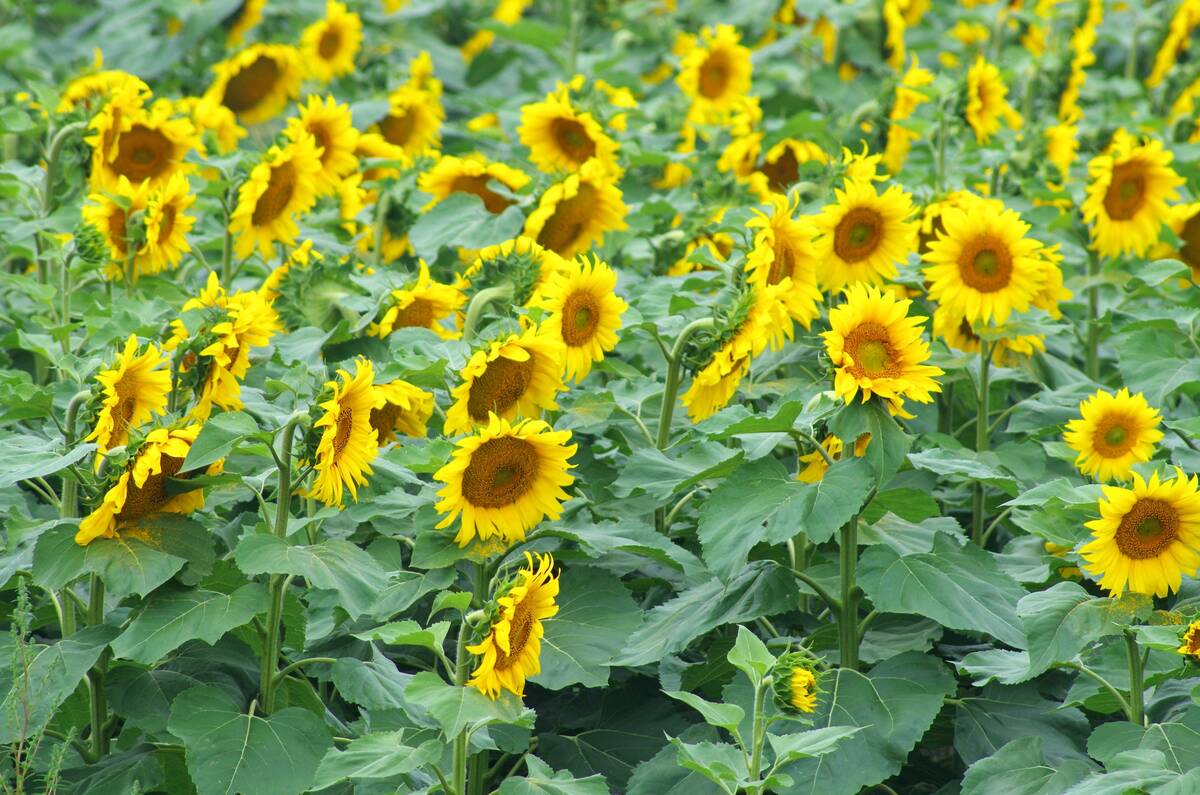Saskatchewan producers will see little change in their crop insurance premiums in 2006.
They are expected to drop by a half percent from last year, reports Saskatchewan Crop Insurance.
In announcing the 2006 insurance program Feb. 24, provincial agriculture minister Mark Wartman acknowledged producers are struggling with low commodity prices, trade barriers, a strong loonie and increased input and energy costs.
“There is no doubt we are heading into a very challenging year,” Wartman told a news conference.
He cited the 2006 farm income forecast, which estimates a realized negative net farm income of $203 million.
Read Also

Made-in-Manitoba sunflower hybrid heads to market
Glacier FarmMedia – Manitoba’s confection sunflower growers will have a new seed option next spring that was developed specifically to…
Fewer claims filed last year helped the corporation continue to lower its deficit, accumulated from four consecutive years of weather-related production problems in 2001-04. It dropped to $427 million from $627 million for the corporation, which has paid out $2.2 billion to Saskatchewan producers since 2001.
Changes announced to crop insurance programs will focus on expanding or modifying existing coverage.
They include expanding the contract price option, which allows producers to insure crops at the price they will be sold for, and expanding the crop averaging pilot program, offering producers coverage above the 80 percent level. Previously they were offered 50 to 70 percent coverage.
Organic producers will be able to use their own contract prices for insurance on flax, lentils, oats and feed barley. Conventionally produced canaryseed and mustard will also be eligible.
New insurance classes will recognize emerging opportunities for hard white spring wheat, used in noodles in Asian markets.
The crop insurance program will simplify its premium sharing arrangement, with government now paying 60 percent of the premiums and producers paying 40 percent.
Producers will receive details of the 2006 program in the mail, with the deadline to apply for or make changes to their crop insurance contract set for March 31.
Insured commercial prices are as follows: hard red spring wheat, $2.97 a bushel; canola $5.06; flax $6.22; and yellow mustard $7.03.














